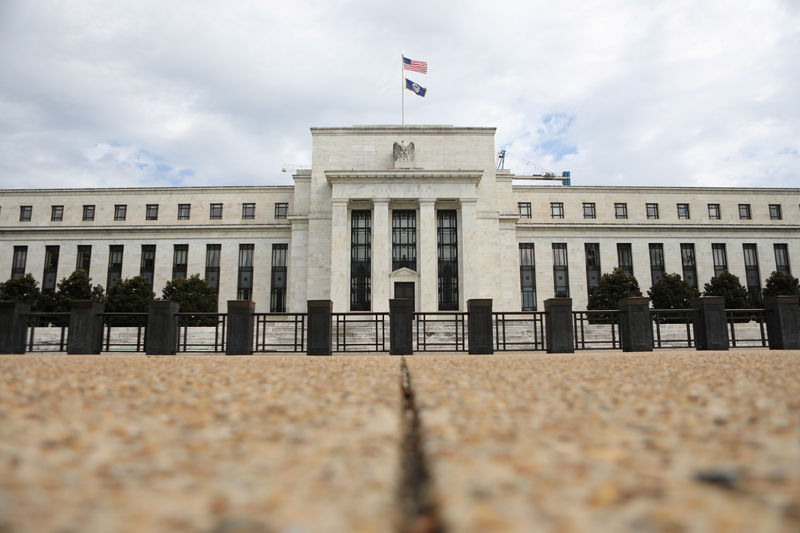By Yasin Ebrahm
Investing.com -- Bank borrowing from the Federal Reserve’s discount window and new lending program ticked up this week, pointing to lingering liquidity constraints.
In the week ended Apr. 19, banks borrowed an average of $69.93 billion each night, up from $67.6B from a week earlier, according to new Fed data released Thursday.
Borrowing from the Fed’s Bank Term Funding Program, the new emergency lending program launched following the collapse of Silicon Valley Bank – climbed to $73.98B from $73.49B in the prior week.
The uptick in borrowing pushed borrowings from the Fed’s emerging lending programs to $143.9B from $139.5B last week, though some economist downplayed any signal of renewed stressed in the banking system.
"The small increase in loans out to banks is likely insignificant," Jefferies said in a recent note, though cautioned that "banks are far from being out of the woods and many will struggle to operate profitably if they are funding themselves through these Fed facilities."
Still, the Fed balance sheet assets fell $21.5B in the week ended April 19, to $8.593 trillion, driven by “the mid-month maturity UST SOMA rolloffs, small declines in MBS holdings, and another step down in foreign repo,” Jefferies added.
The renewed appetite to tap the central bank’s lending program comes as Federal Reserve officials continued to talk up further rate hikes despite acknowledging that tighter lending standards could help the central bank in its fight against inflation.
Tighter access to credit "would work in the same direction as tighter monetary policy,” Federal Reserve Bank of Cleveland President Loretta Mester said Thursday. “So we will need to continue to assess the magnitude and duration of these effects on credit conditions to help us calibrate the appropriate path of monetary policy going forward."
About 88% of traders expect the Fed to lift rates by 0.25% on May 3, according to Investing.com's Fed Rate Monitor Tool. That's up from 57% in the prior week.
But there are some who suggest the Fed should pause rather than hike rates to assess the impact of the rapid pace of monetary policy seen since the central bank began its tightening cycle in March last year.
"It would clearly be wise for the Fed to pause now and see what happens in the marketplace, see how labor comes in and see how GDP and earnings come in to get an assessment of what's happening to the economy," Phillip Toews, CEO & portfolio manager of Toews Asset Management, told Investing.com's Yasin Ebrahim in a recent interview.
"At this level of rates, you're gonna have a lot of negative effects on the economy," Toews added.
